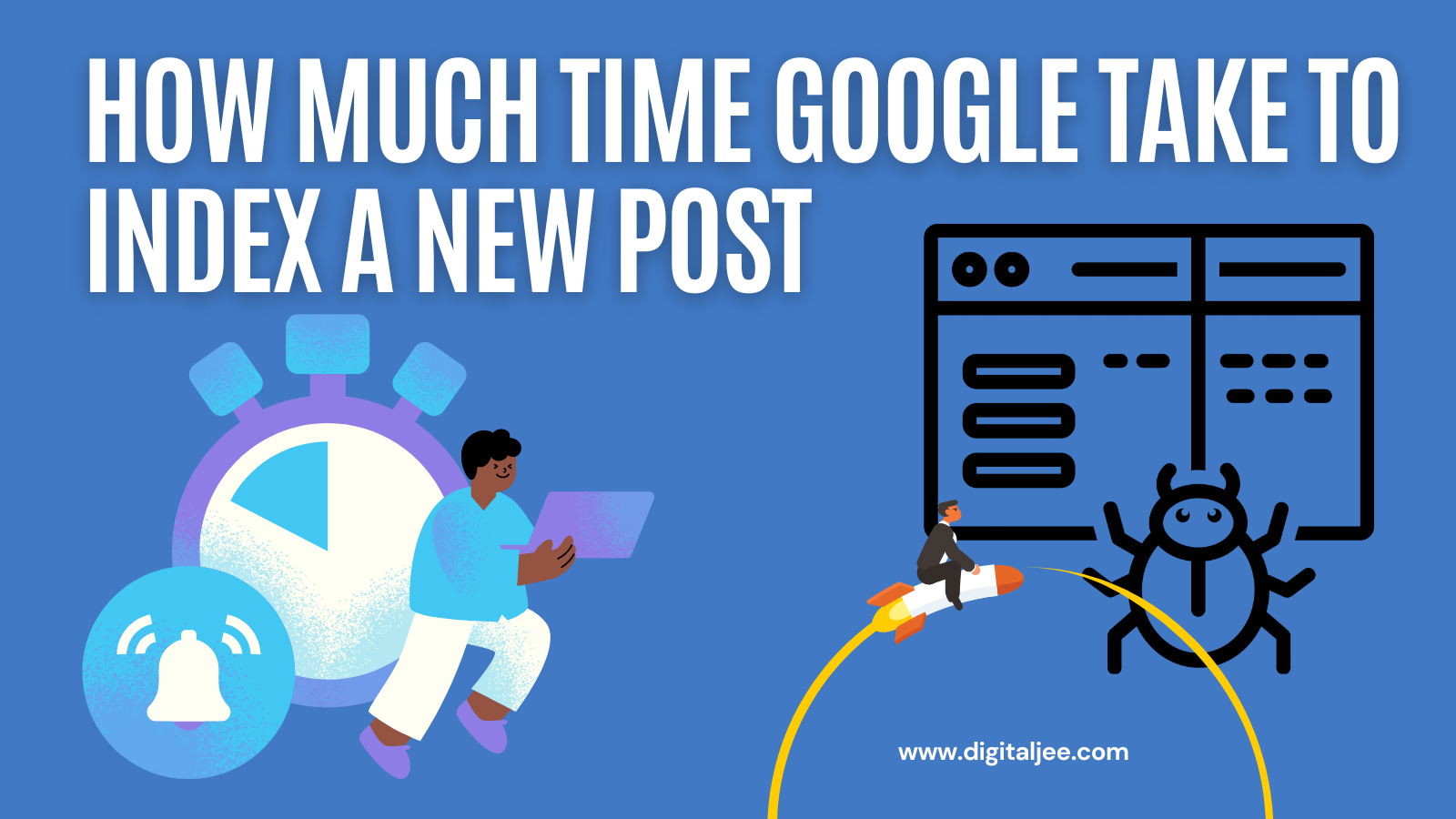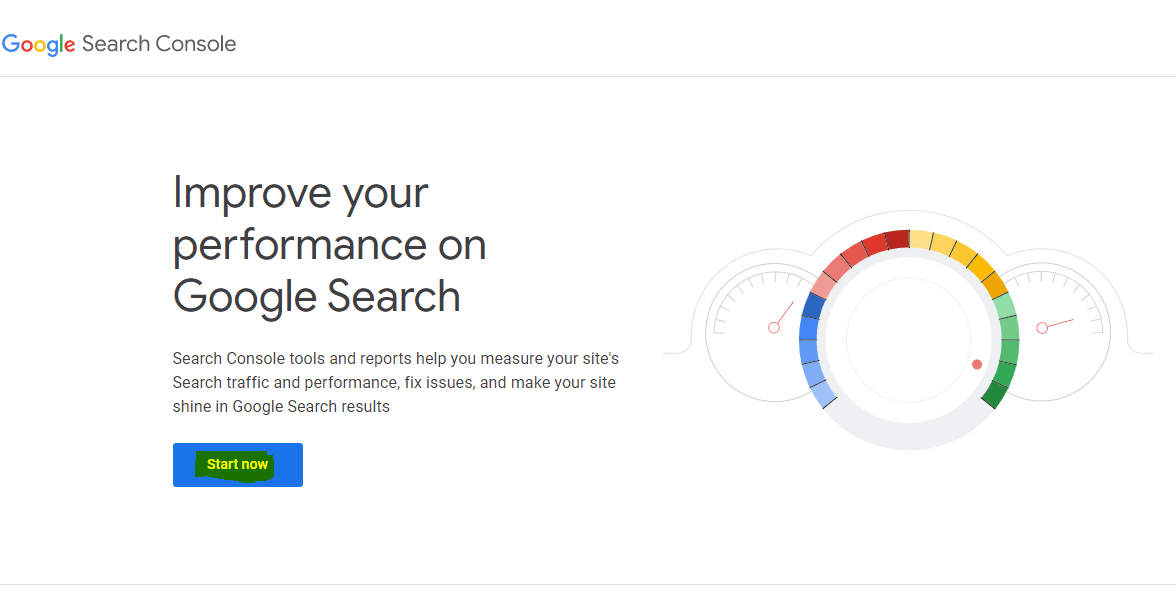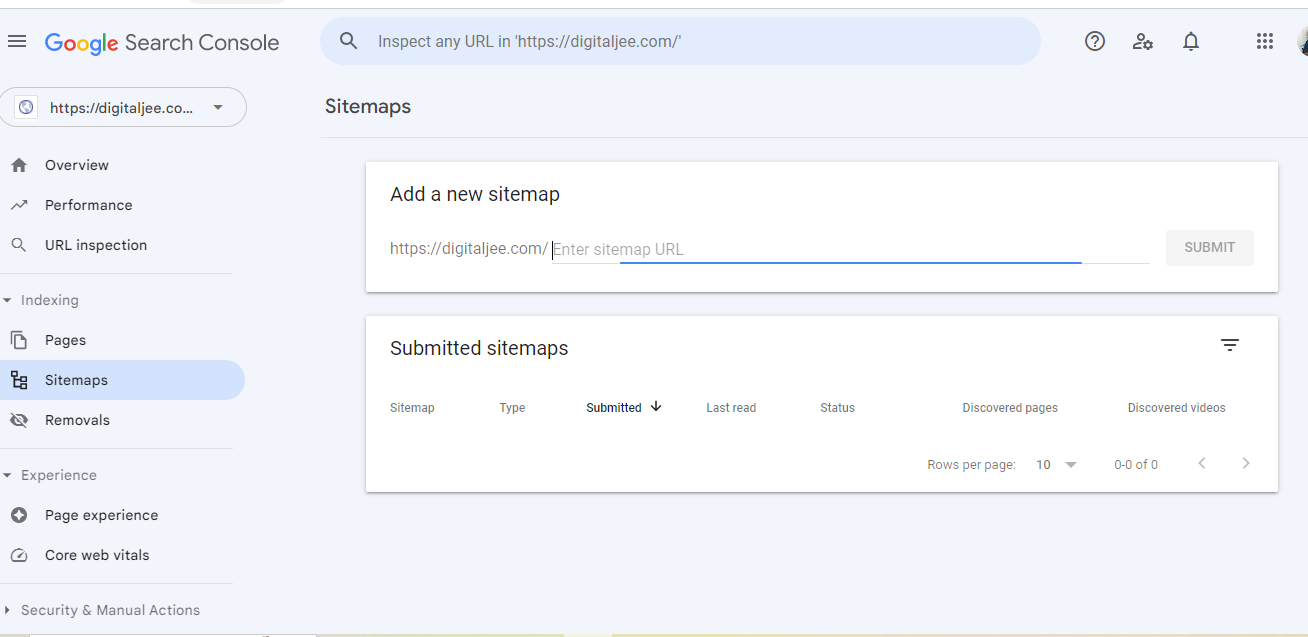In today’s digital landscape, Google has become an indispensable tool for accessing information. Users often turn to the search engine giant with their queries, and Google’s “People Also Ask” (PAA) feature provides valuable answers right at the top of the search results page. For businesses and content creators, ranking in the “People Also Ask” section is a coveted position that can significantly impact their online visibility and credibility. In this article, we will uncover the top five secrets to optimize your content and rank in Google’s “People Also Ask” feature successfully.
Table of contents
Understanding Google’s “People Also Ask” (PAA) Feature
Before delving into the strategies for ranking in “People Also Ask,” it’s crucial to understand what this feature entails. PAA is a user-friendly feature that presents users with a list of related questions to their original query. By clicking on any question, users can expand the box to view a concise answer. This allows users to explore different facets of their query without leaving the search results page.

People Also Ask (PAA) is a valuable feature because it assists users in finding answers to questions closely related to their search queries. For individuals who may be unsure how to phrase their inquiries accurately, PAA serves as a helpful resource.
Moreover, PAA caters to those who lack confidence in expressing their search intentions. By offering additional questions, PAA helps users discover the correct or more appropriate terms for their queries.
Beyond benefiting users, PAA is also advantageous for website owners. Ranking within the first few lines of the “People also ask” section enables websites to garner extra clicks from the search engine results pages (SERPs).
Lastly, PAA proves to be an excellent source of inspiration during SEO keyword research. The results from People Also Ask can be utilized to generate new topics for blog posts or serve as subsections within larger articles, enhancing the overall content strategy.
Importance of Ranking in “People Also Ask”
Enhances Visibility
Securing a spot in the “People Also Ask” section significantly enhances your content’s visibility. As users scroll through the search results, the PAA box stands out due to its distinct format, capturing the user’s attention.
Builds Authority
Ranking in PAA also helps build authority and trust. Google considers the content featured in PAA as highly relevant and reliable, leading users to perceive you as an industry expert.
Increases Organic Traffic
Appearing in PAA drives more organic traffic to your website. Users are more likely to click on the expanded box to access the answers, leading them directly to your content.
Top 5 Secrets to Rank in Google’s “People Also Ask”
1. Conduct In-Depth Keyword Research
Keywords play a crucial role in PAA ranking. Conduct comprehensive keyword research to identify the questions users frequently ask related to your topic. Utilize tools like Google’s Keyword Planner, SEMrush, or Ahrefs to find relevant long-tail keywords.
2. Optimize for Featured Snippets
Google often pulls content from the “People Also Ask” box to create featured snippets. Structure your content to provide clear and concise answers to common questions. Use bullet points, tables, and numbered lists to enhance readability and increase the chances of being featured as a snippet.
3. Create Comprehensive and Structured Content
Craft well-researched, comprehensive, and structured content. Address a range of related questions and provide valuable insights. Use H2 and H3 headings to divide your content into easily digestible sections, making it easier for users to find the information they seek.
4. Provide Clear and Concise Answers
When answering questions in your content, ensure clarity and conciseness. Anticipate what users are searching for and provide straightforward responses. Avoid jargon and complicated language that might confuse readers.
5. Improve Website User Experience
User experience is a crucial factor for PAA ranking. Ensure your website is mobile-friendly, loads quickly, and offers an intuitive navigation experience. A positive user experience encourages users to stay longer on your page, increasing the likelihood of Google recognizing your content’s value.
Conclusion
In conclusion, ranking in Google’s “People Also Ask” is an excellent opportunity to gain visibility, credibility, and organic traffic. By implementing the top five secrets mentioned in this article – conducting in-depth keyword research, optimizing for featured snippets, creating comprehensive content, providing clear answers, and enhancing user experience – you can improve your chances of securing a spot in PAA.
Frequently Asked Questions(FAQs)
Q1. What is Google’s “People Also Ask”?
Google’s “People Also Ask” is a feature that displays related questions to a user’s original search query, allowing them to explore additional information without leaving the search results page.
Q2. How do I optimize my content for “People Also Ask”?
To optimize your content for PAA, conduct thorough keyword research, structure your content for featured snippets, provide comprehensive answers, and enhance website user experience.
Q3. Can anyone rank in “People Also Ask”?
Yes, any website with relevant and valuable content can rank in “People Also Ask” with the right optimization strategies.
Q4. Does the PAA feature affect voice search?
Yes, content that ranks in PAA is more likely to be featured in voice search results, as voice assistants often pull answers from this section.
Q5. How often does Google update PAA results?
Google updates PAA results regularly to ensure users receive the most current and relevant information for their queries.





